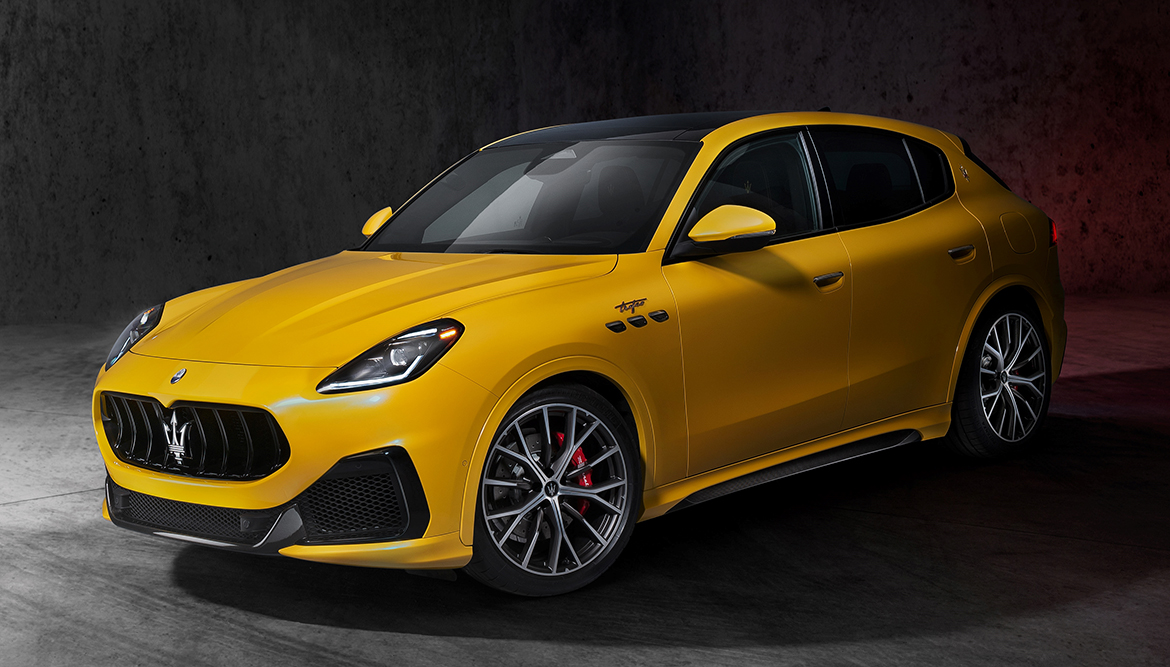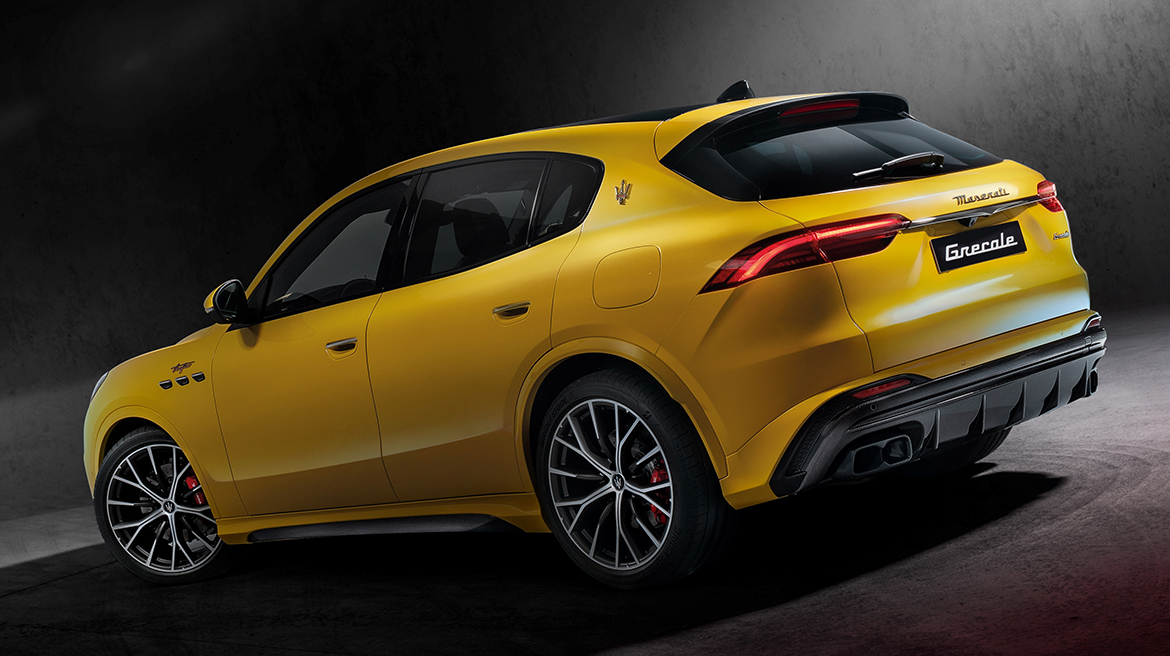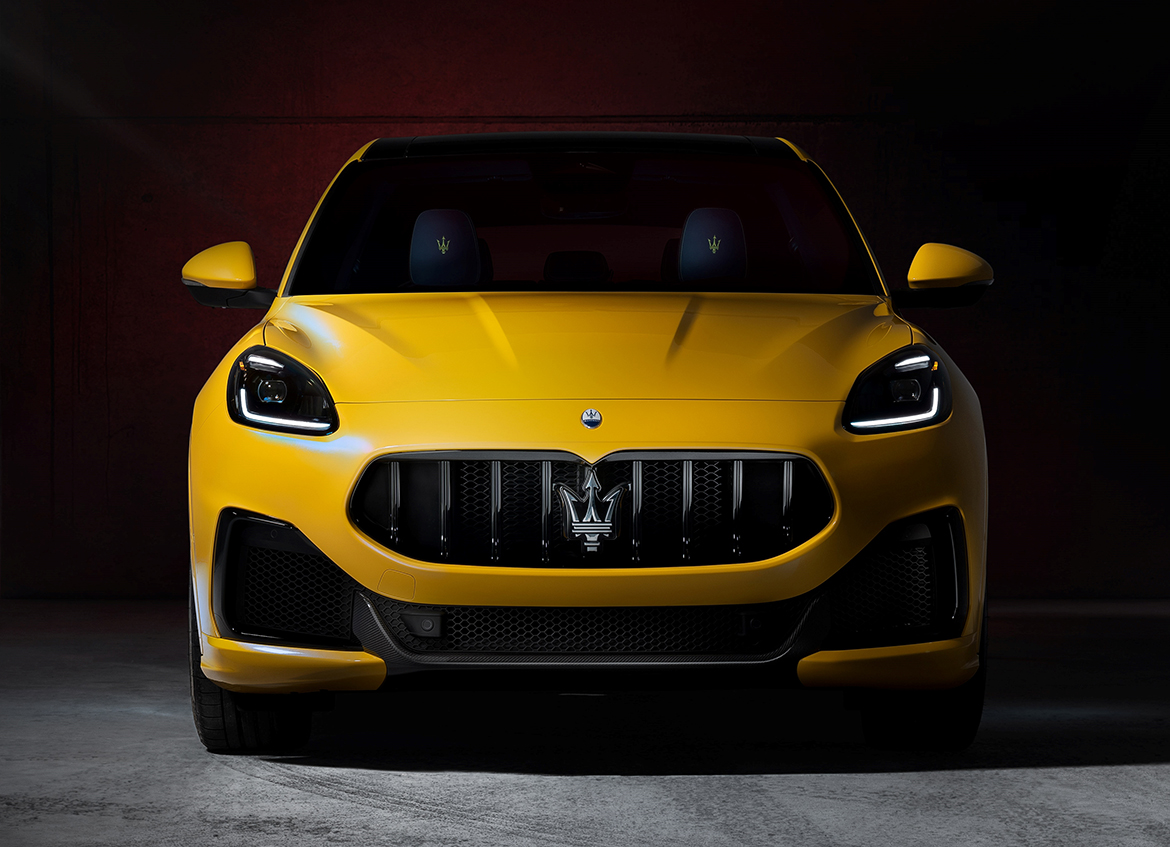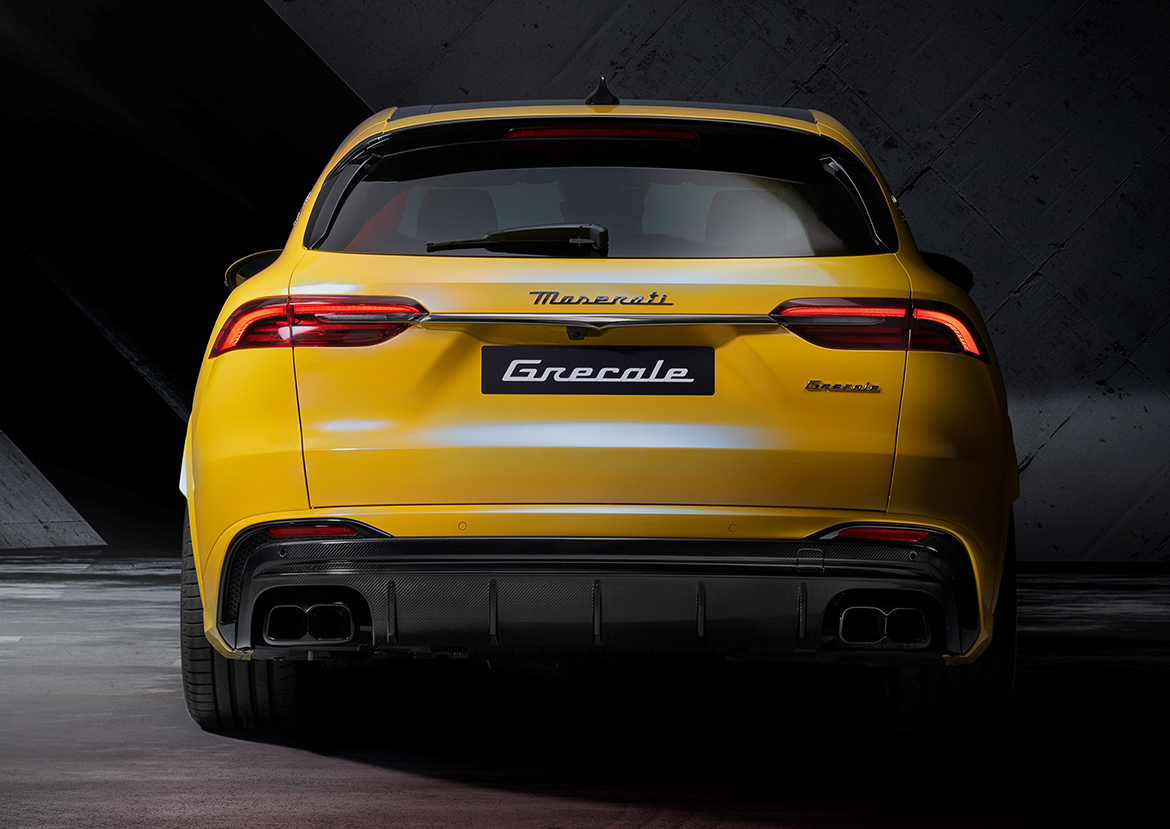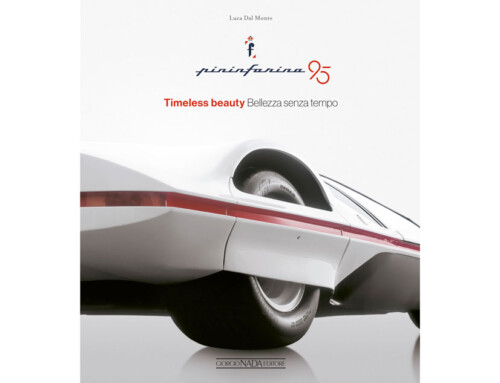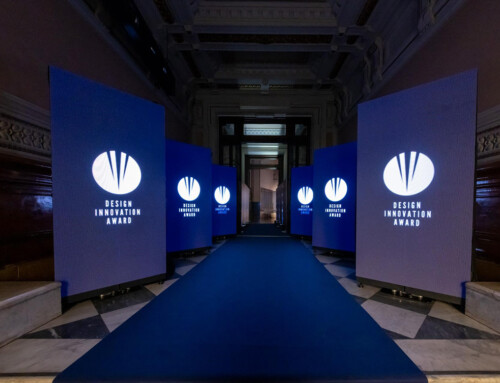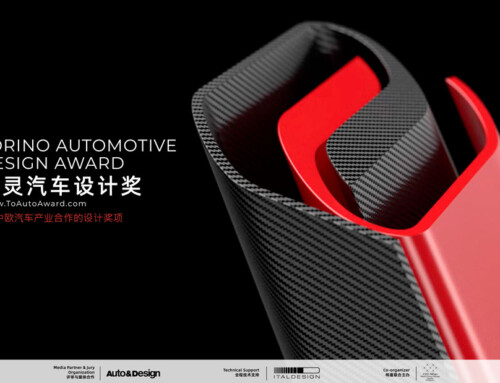Maserati unveils the Grecale, the Trident’s new mid-size SUV. Once again, the new model is named after a wind. The Grecale is a Mediterranean wind that blows from the north-east, and now also an SUV destined to play an important role in the Maserati range. Naming its cars after the world’s most famous winds is a tradition for the brand. It all started in 1963 with the legendary Mistral. Ghibli, Bora and Khamsin would follow in turn. In 2016, the Levante, the first Suv in the history of the Trident brand.
According to the statement, the Grecale embodies the intrinsic values of made in Italy, the values of Maserati and its new era. Ingenuity and the ability to reinvent and develop, always keeping an eye on the future without forgetting its own DNA. Like the MC20, the Grecale now has a vertical rather than horizontal appearance, adapted here to the needs of an SUV. The front end is the most distinctive side of the new model, characterized by a low and imposing grille. In the Trofeo version, the most powerful one, the grille is slightly shifted forward, to make it bolder and accentuate its sporty character.
Looking at the profile, the continuous contrast between purity of design and technology jumps out at you, as much attention has been paid to the movement from the hood to the rear to bring out its sporty character. The contrast is evident between its very fluid and soft bodywork with sinuous and visual shapes and its technical components emphasized by the use of carbon fiber. At the rear, the boomerang taillights – inspired by Giugiaro’s 3200 GT – take on a characteristic Maserati look and trapezoidal lines. The trapezoidal sporty look is an intrinsic feature of the entire car and is made more striking by the coupé effect of the cabin that finishes like that of a sports car, an elegant rear window, strong and bold fenders and the weight of the car pushed down.
The Grecale’s cabin is devoted to functionality. The reference to the cars of the Seventies such as the Ghibli is evident in the T-shaped structure reduced to a simple and linear design, almost architectural, highlighting the materials. The cabin is a mix of comfort and style: the surfaces are enhanced by fine materials together with the search for new graphics and colors, inspired by the brand’s roots and its origins, reinterpreting the unique processes of Made in Italy. The sense of modernity is emphasized by the purity of the design: the car is equipped with three screens: the instrument cluster, the new 12.3″ central panel, and a smaller 8.8″ comfort panel with extra controls. At the top is the digital clock.

